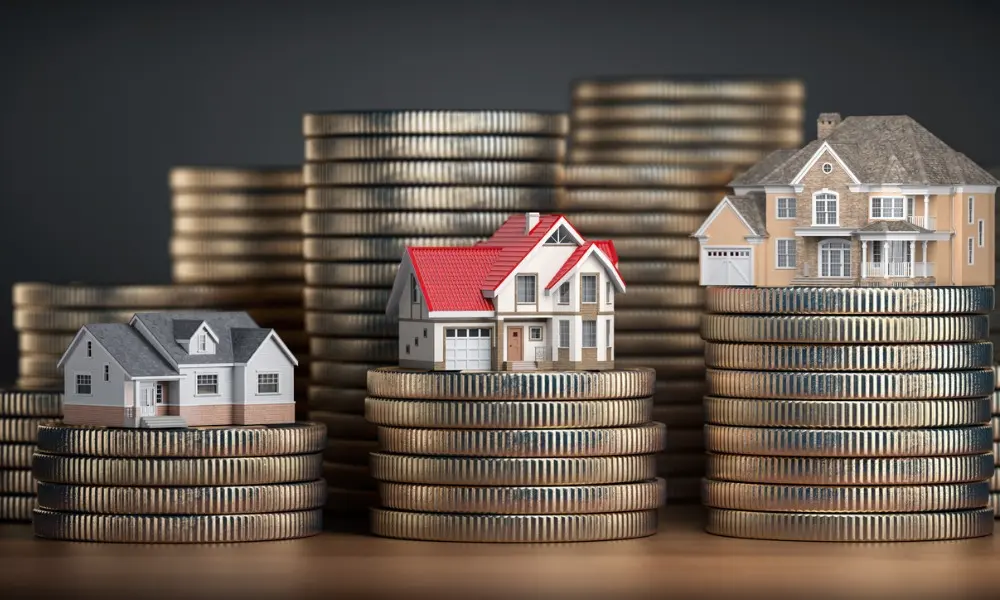Anticipated National Economic Impact on Real Estate Sales and New Build Construction Over the Next 18 Months
The real estate market and new build construction sector are pivotal indicators of the U.S. economy’s overall health. As we look toward the next 18 months, both industries are expected to undergo significant transformations influenced by macroeconomic factors, government policy, and evolving consumer behavior.
The Current Economic Context
Recent years have been marked by volatility, with factors such as rising interest rates, inflation, and ongoing housing inventory shortages shaping the landscape. According to the National Association of Realtors (NAR), home sales declined during 2023 due to higher mortgage rates, yet there are signs of stabilization as rates begin to level off.
Projected Trends in Real Estate Sales
1. Mortgage Rates and Homebuyer Activity
Experts from Freddie Mac’s Economic and Housing Research Group predict that mortgage rates will remain high through much of 2024 before gradually easing in 2025. This will likely continue to dampen homebuyer activity, but should not halt it entirely. As rates eventually decrease, pent-up demand could result in a modest surge in sales volume, especially among first-time buyers.
2. Inventory Challenges
Inventory continues to be a constraint, as outlined in Zillow’s Housing Market Report. Many current homeowners are hesitant to sell and lose their favorable mortgage rates, keeping listings low and supporting higher price levels despite reduced sales activity.
New Build Construction Outlook
1. Builder Sentiment and Construction Starts
According to the U.S. Census Bureau, new housing starts dipped in 2023 but are showing signs of stabilization. The National Association of Home Builders (NAHB) expects a moderate uptick in construction as materials cost pressures ease and builder confidence strengthens, particularly in markets with substantial population growth.
2. Regional Variation and Affordability
The construction rebound is expected to be strongest in affordable Sun Belt cities and suburban regions, where demand for new homes remains robust. Fannie Mae’s Economic and Strategic Research Group highlights that builders are increasingly focusing on starter homes and multi-family dwellings to cater to affordability concerns.
Broader Economic Impact
1. Employment and GDP Growth
The construction sector is a major employer and a driver of local and national economies. Increased building activity contributes significantly to GDP growth, especially as it stimulates related industries such as manufacturing, logistics, and retail.
2. Inflation and Policy Response
While housing costs have been a major factor in recent inflation readings, a gradual increase in new builds could help contain prices. Ongoing policy support and potential rate cuts from the Federal Reserve could further bolster both real estate sales and construction.
Conclusion: Cautious Optimism for 2024–2025
Although the national economic forecast is mixed, industry experts agree that the next 18 months may see measured recovery and opportunity—especially if mortgage rates decline and supply chain challenges ease.
Key Takeaways:
- Expect continued tight inventory and moderate sales recovery as rates slowly fall.
- Look for a bump in new construction, especially in affordable housing segments.
- Regional differences will persist, with high-growth markets outpacing others.
For continued updates on the real estate economy, follow NAR’s Research and Statistics and NAHB’s Housing Economics.
Staying informed can help buyers, sellers, and industry professionals navigate the evolving landscape with confidence.



